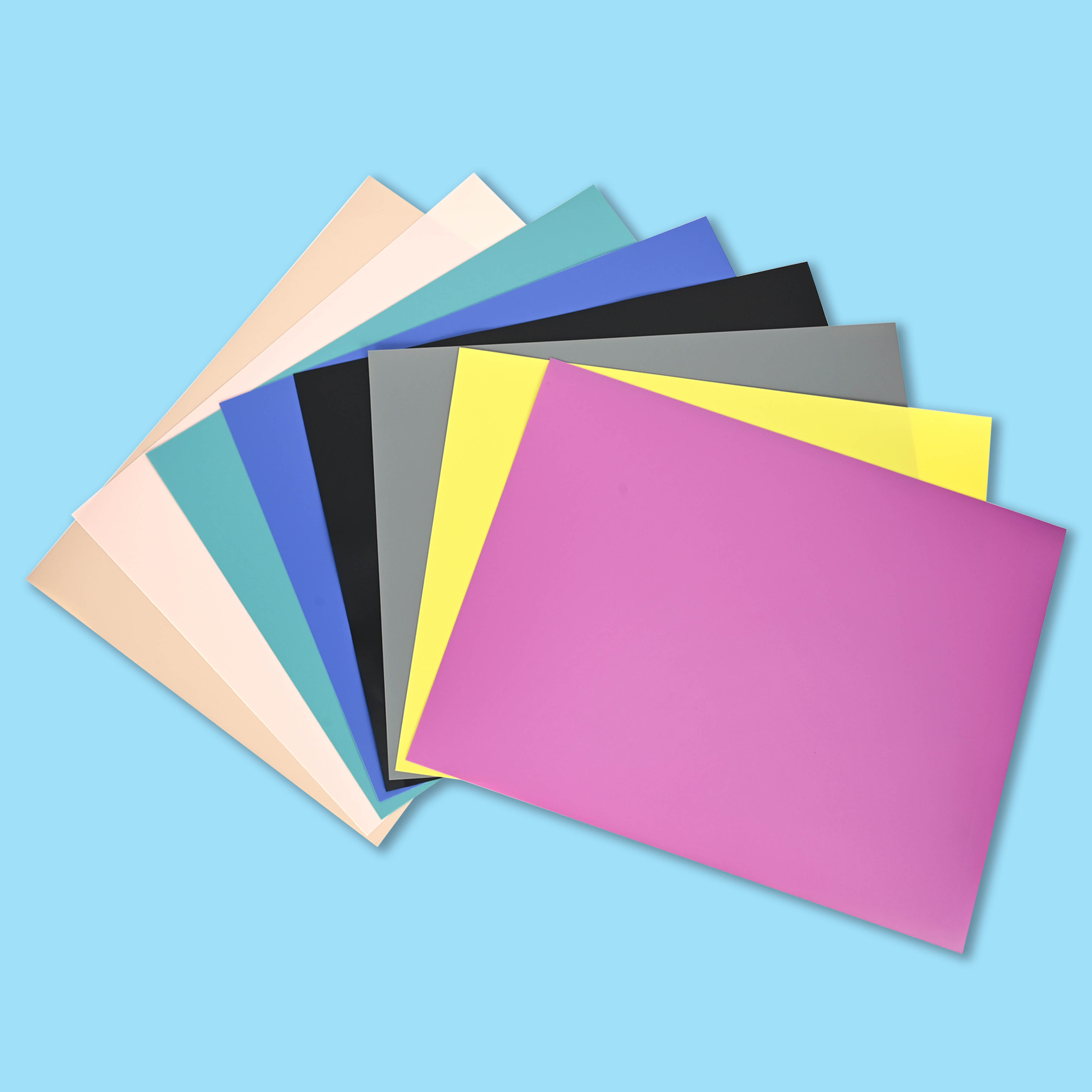Views: 15 Author: Site Editor Publish Time: 2024-01-23 Origin: Site









When cutting plastic sheets, it is crucial to choose the right cutting method, as different types and thicknesses of plastic require different techniques and tools. Here are some common and effective methods for cutting plastic sheets:
Manual cutting methods
① "Utility knife"
Scope of application: Suitable for cutting thin and soft plastic sheets (thickness is generally within 1-2 mm).
Steps:
1. Using a ruler as a guide, gently scratch several times along the line to be cut, gradually deepening the cut.
2. Once the cut is deep enough, you can force the plastic sheet to break apart along the cut
- Advantages: low cost and simple operation.
- Disadvantages: Only suitable for thinner plastics, cutting thick materials may not be precise or laborious.
② "Saw"
- Scope of application: Suitable for cutting thicker plastic sheets (such as polycarbonate, PVC, etc.).
- Common tools: fine-tooth saw, bow saw or electric saw.
- Steps:
1. Use the saw to cut evenly along the marked line, maintaining a steady speed and force.
2. Make sure the plastic sheet is fixed to prevent movement and vibration.
-Advantages: Can handle thicker materials, and the cutting lines are relatively straight.
-Disadvantages: Requires certain skills and patience.
Mechanical cutting methods
①"Laser cutting"
- Scope of application: Suitable for fine cutting of various types and thicknesses of plastics, especially materials such as acrylic, PVC and polycarbonate.
-Operation steps:
1. Input the cutting pattern into the laser cutting machine.
2. Adjust the laser power and speed to adapt to the thickness of the material.
3. Start the cutting machine for automatic cutting.
-Advantages: High precision, smooth cutting edges, no further processing required.
-Disadvantages: The equipment cost is high, and some plastics (such as PVC) may release harmful gases during the cutting process, so attention should be paid to ventilation and safety.
②"CNC cutting"
- Scope of application: Suitable for thick and hard plastic sheets, such as high-density polyethylene (HDPE), polycarbonate, etc.
-Operation steps:
1. Design the cutting path and input it into the CNC machine.
2. Use a suitable tool (such as high-speed steel or carbide tool) for cutting.
3. Adjust the machine parameters to adapt to the characteristics of the material.
- Advantages: high precision, suitable for complex shapes and thicker materials.
- Disadvantages: high equipment cost, professional operation and programming knowledge required.
③ "Sawing machine"
- Scope of application: suitable for large-area, thick plastic sheets.
- Common tools: band saw, circular saw.
- Operation steps:
1. Adjust the cutting depth and speed of the saw.
2. Fix the plastic sheet on the cutting table.
3. Start the saw and cut along the marked line.
- Advantages: suitable for large-area cutting, high efficiency.
- Disadvantages: The cut edge may require further processing to remove burrs.
Thermal cutting method
① "Hot knife"
- Scope of application: suitable for cutting softer and thinner thermoplastics such as polyethylene and polypropylene.
- Operation steps:
1. Preheat the hot knife to the appropriate temperature.
2. Slowly cut the plastic along the marked line.
- Advantages: smooth cutting edge and reduced material deformation.
- Disadvantages: not suitable for thick materials, the hot knife temperature needs to be strictly controlled to prevent excessive melting of the material.
② "Hot wire cutting"
- Scope of application: commonly used for cutting foam plastics or similar materials.
- Operation steps:
1. Heat the hot wire to the appropriate temperature.
2. Slowly move the material along the cutting line.
- Advantages: Smooth cutting edge, suitable for soft materials.
- Disadvantages: Only suitable for certain types of plastics, the temperature of the hot wire needs to be strictly controlled.
Choose the right cutting method
Choosing the right cutting method depends mainly on the following factors:
- Type of plastic: Different plastics have different hardness and melting points, and you need to choose the right cutting tools and methods.
- Material thickness: Thick materials usually require mechanical cutting, while thin materials can be cut with manual tools or heat.
- Cutting accuracy requirements: High-precision cutting requires the use of precision tools such as laser cutting or CNC cutting.
Each cutting method has its advantages and disadvantages and scope of application. Choosing the right method can improve cutting efficiency and quality. For home or small projects, manual cutting tools are usually sufficient; for industrial applications, mechanical cutting and laser cutting are more suitable.